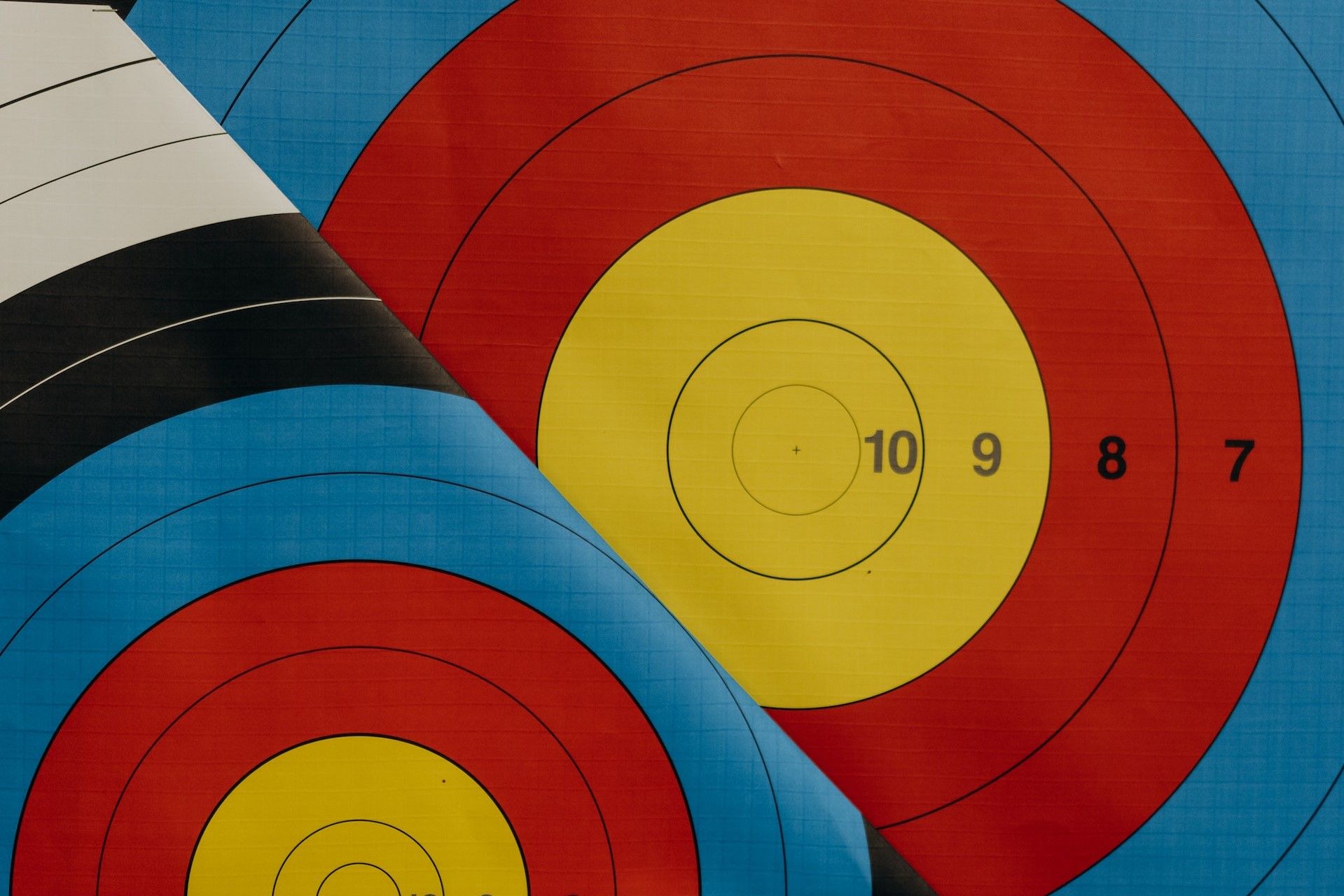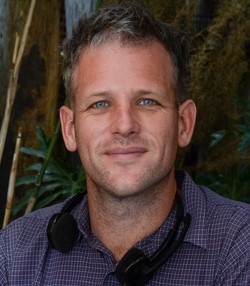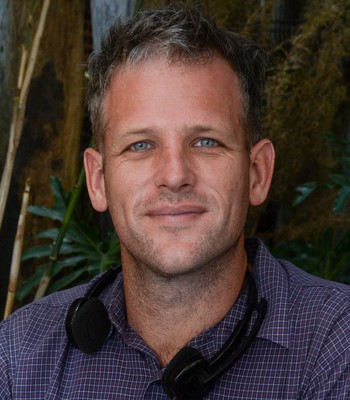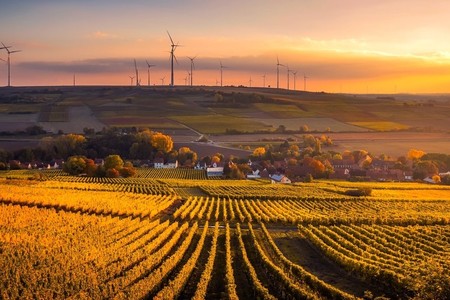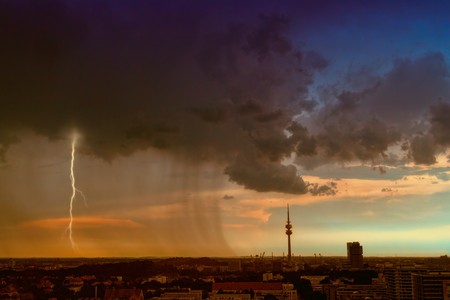For a sustainable future, we will need to adopt and develop circularity across every industry and sector. Not only will it help to relieve many wicked problems associated with waste and ensures, it can also reduce our use of precious non-renewable resources. The publication "Impossibilities of the Circular Economy: Separating Aspirations from Reality," released in 2022, provides a detailed overview of systems, relationships and limits to the European Green Deal.
Except's Director, Tom Bosschaert, penned a chapter for this publication, entitled: "Circularity is not sustainability: how well-intentioned concepts distract us from our true goals, and how SiD can help navigate that challenge." It's vital to understand the many differences between circularity and sustainability.

Introduction to "Circularity is not Sustainability"
The cracks in the systems of our society are evident. Short-term fixes, or working on only subdomains such as energy or material Circularity, are becoming irrelevant in the face of the underlying challenges. There is a need for more systemic, long-term, and holihstic approaches. Circularity is only a part of that approach and not necessarily the most important one.
Symbiosis in Development (SiD) is a practical framework for integrated sustainable development based on holistic systems and design thinking. It creates a shared language in which words such as ‘Circularity’ and ‘Sustainability’ receive definitions that allow them to be related to each other. We use SiD to look at how a narrow focus on Circularity leads us astray, being only one among several systemic parameters that matter.
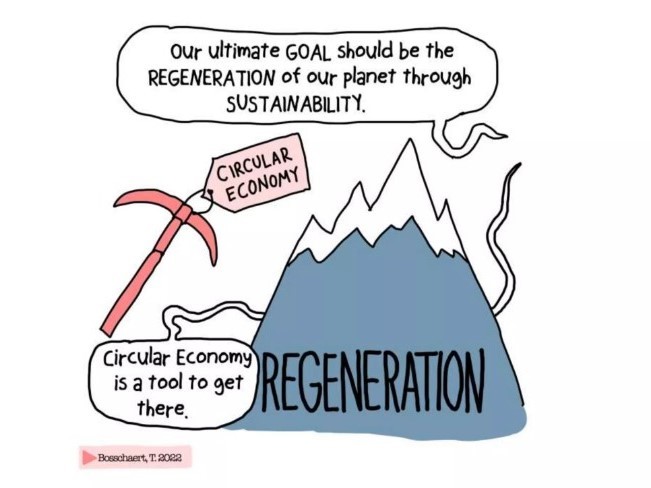
Circularity does not create social harmony by itself and can conflict with systemic resilience. This article is not negating the value of Circularity. Instead, it argues that the often singular focus of the Circular Economy on the material resource domain does not help the global community, the climate accords including Paris, and the United Nations Sustainable Development Goals to achieve their goals, and urges to include a more holistic and long-term perspective.
Fancy reading the chapter??
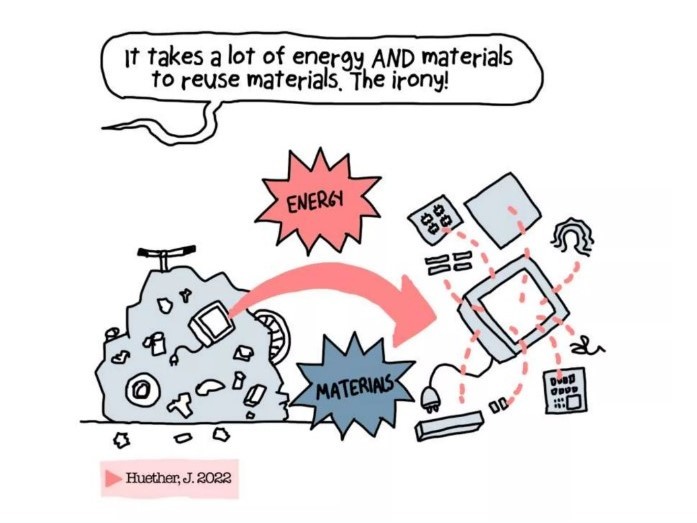
Imaginative and digestible comic on sustainability
For further reading, there is a wonderfully quirky comic derived from this book - and seen in the imagery used on this page. The comic is a visual depiction of key ideas across the entire book , highlighting the difference between possible and impossible solutions for a sustainable economy.
Follow this link to view the comic at 360 dialogues
13 februari 2023
